2023 Benicia & Vallejo Demonstration Food Forest Tour is April 22!
By Nicole Newell, Sustainable Landscaping Program Manager
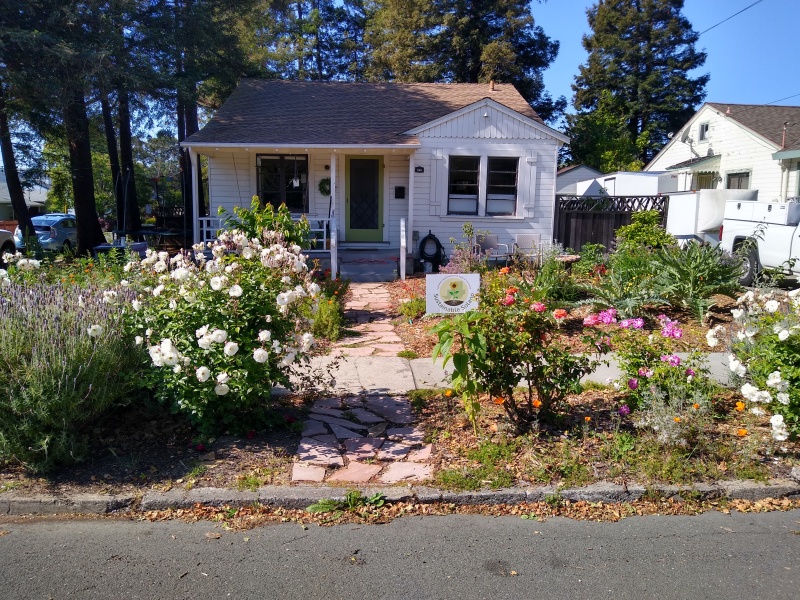
The Redwood Guild garden in Benicia during the 2022 tour
We will be opening up our demonstration food forest gardens in Benicia and Vallejo for the annual tour on April 22, and are thrilled that it coincides with Earth Day! Come celebrate spring with us and enjoy time in the gardens connecting with each other after this long, rainy winter. Learn about the gardens here.
Each garden offers ideas and inspiration on how to use water efficiently while creating a lush thriving garden that supports life and provides food and habitat. Some of the garden sites will have education and information on bees, honey, Monarch butterflies, laundry-to-landscape greywater, compost, Food is Free stands, native plants, local food, guided tours, spring festivals and so much more. We will also have laundry-to-landscape greywater education in English & Spanish! All of the gardens will showcase plants that thrive in Solano County.
This year SuSol formed a new partnership with the Vallejo People’s Garden and together installed the Pollinator Pathway native plant garden on Mare Island. It was a true collaboration that highlighted the amazing work that can be done when we partner together and remember Our Worthy Place in the garden! Our deepest hope for this year’s tour is that people get energized and inspired to take action and become caretakers of the land and each other.
Read below to find out more about the day’s events and what to expect in each garden so you can plan out your day!
This program is made possible by the generous support from the Solano County Water Agency.
Plan Your Day
How It Will Work
You can choose to tour for the whole day or for half a day.
Learn about the gardens here
Benicia Demonstration Food Forest Gardens will be open 10 am-1 pm
Vallejo Demonstration Food Forest Gardens will be open 1-4 pm
Itinerary pickup and special events:
9-11 am: Itineraries will be available at Avant Garden in Benicia (400 First St.). This itinerary will include all of the demonstration food forest gardens in Benicia (open in the morning) and Vallejo (open in the afternoon).
9 am: Author and designer Joshua Burman Thayer will give a talk at Avant Garden on California Food Forest Gardens. He will have his Food Forest for First Timers book available for purchase.
12-1 pm: Itineraries for the Vallejo garden sites (open in the afternoon) will be available at the Global Center for Success (1055 Azuar Dr/BLDG 733).
12 pm: Designer John Davenport of Cali Ground Troops will give a talk on Lawn Conversions for Water Savings and offer a guided tour of the Pollinator Pathway garden.

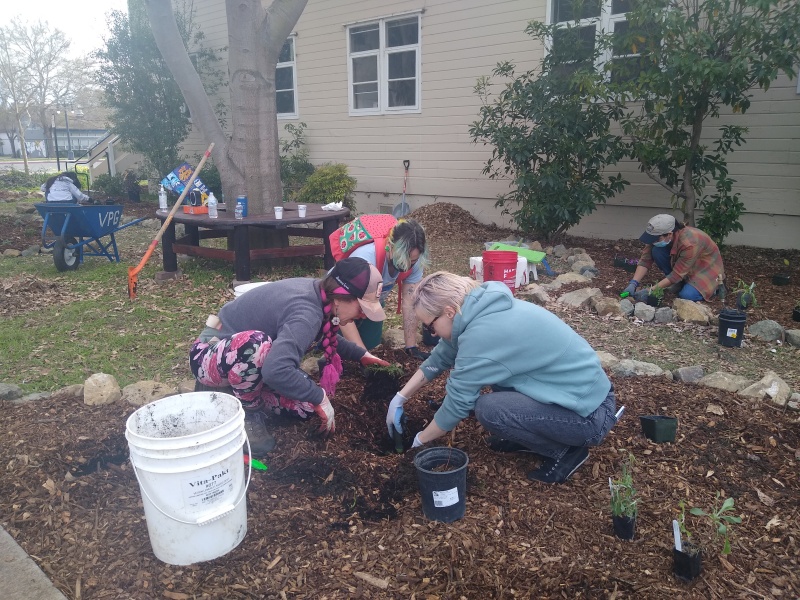

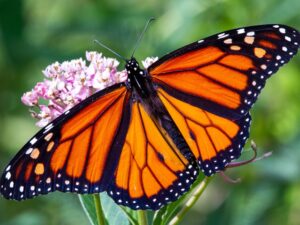 What makes this project unique for Sustainable Solano:
What makes this project unique for Sustainable Solano:
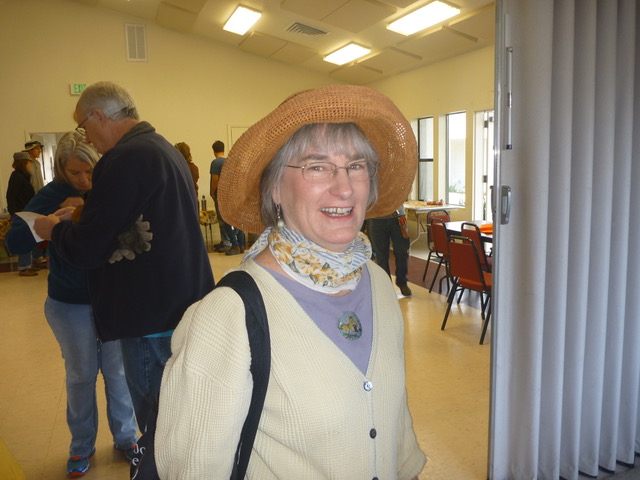

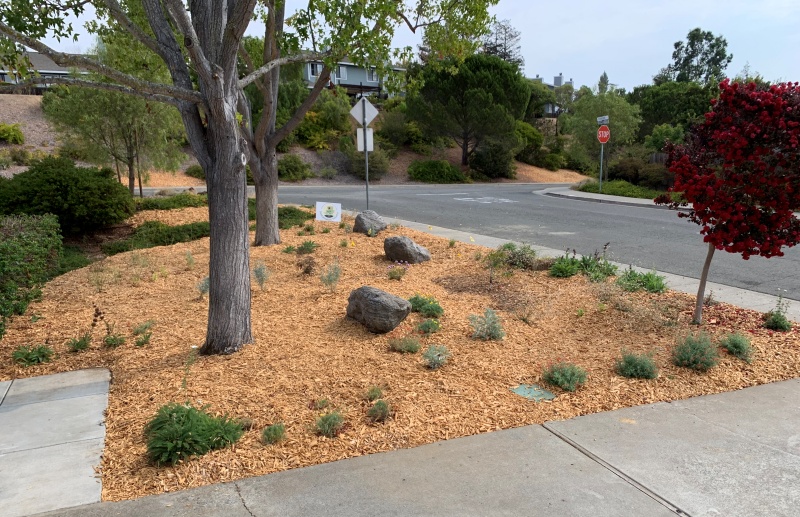


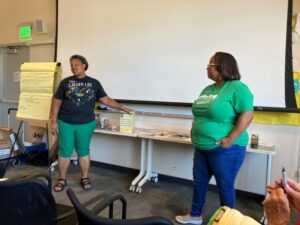 The presentation was incredibly informative. Lori’s warm, friendly and easy-going manner made the class that much more enjoyable. She taught using language that was easy to understand and a format that was easy to follow. Her handwritten outline on the flipchart in front of the class was available for everyone to see.
The presentation was incredibly informative. Lori’s warm, friendly and easy-going manner made the class that much more enjoyable. She taught using language that was easy to understand and a format that was easy to follow. Her handwritten outline on the flipchart in front of the class was available for everyone to see.